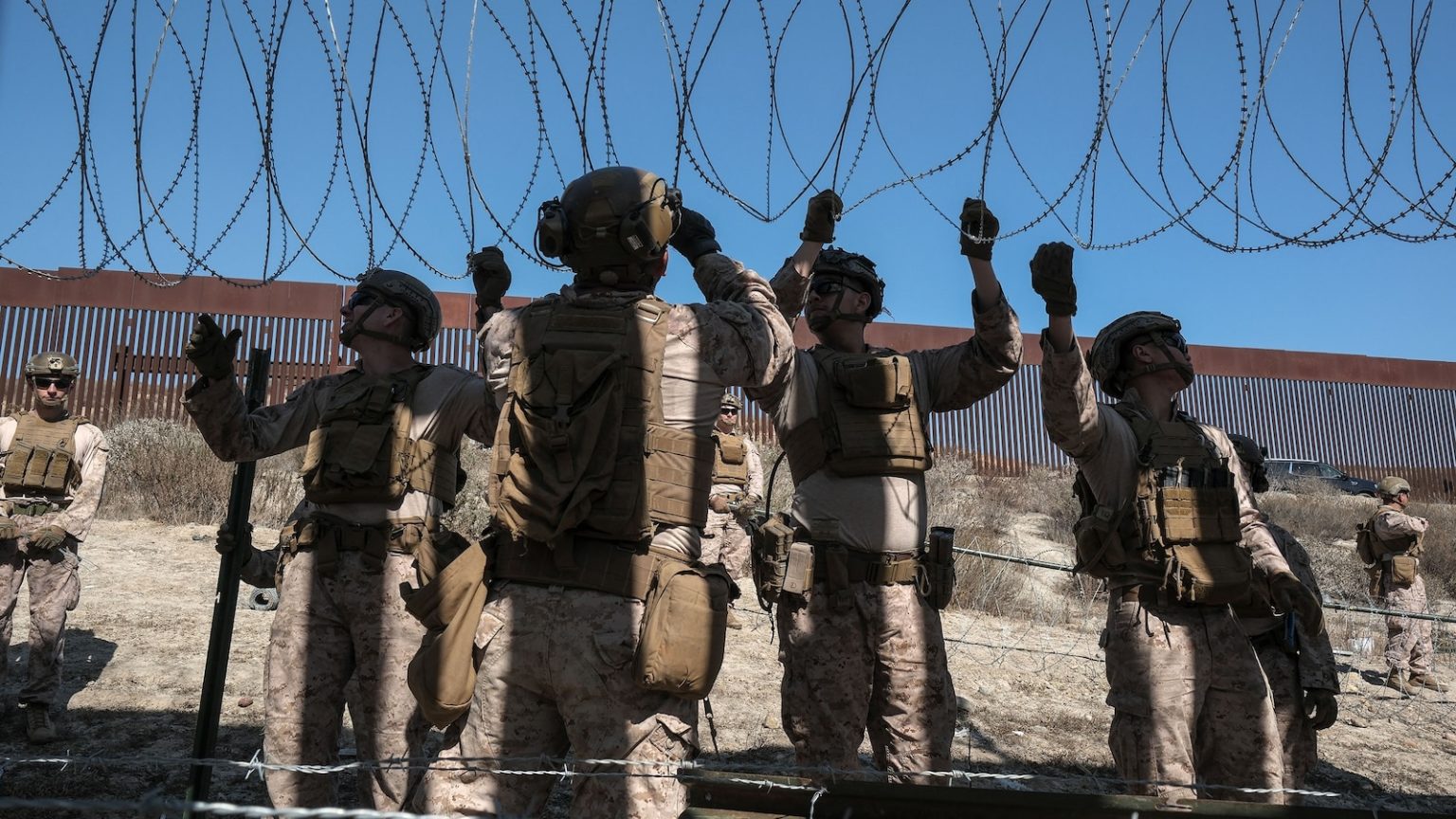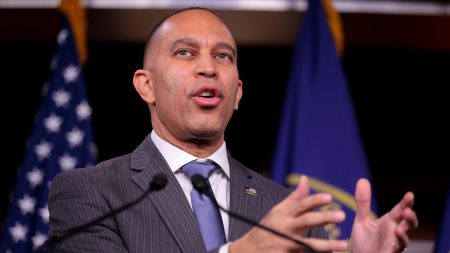Cost Concerns and Requests for Transparency: Democratic Senators Seek Details from the Pentagon
Two Democratic senators, Mazie Hirono of Hawaii and Elizabeth Warren of Massachusetts, have called on the Pentagon to provide detailed information about the costs and implications of deploying active-duty military forces to the southern border with Mexico and constructing migrant housing facilities at Guantanamo Bay. Their request follows a Senate Armed Services Committee hearing where senior military commanders acknowledged that the financial impact of these operations remains uncertain. The senators expressed concerns about the potential strain on the Department of Defense’s (DoD) budget, military readiness, and troop morale. In a letter addressed to Defense Secretary Pete Hegseth, they requested specific details by February 27, emphasizing the need for transparency and accountability.
The senators highlighted that DoD’s support for immigration-related operations has historically been expensive for taxpayers, with some costs exceeding three times the expenses incurred when the Department of Homeland Security (DHS) performs the same functions. They also warned that these operations pose an “unacceptable risk” to military readiness. Criticizing the Trump administration’s approach, they described the militarization of immigration enforcement as a political stunt that could undermine national security by diverting resources away from the military’s core mission.
A Surge in Troop Deployment: 5,000 Active-Duty Forces at the Southern Border
During the hearing, Gen. Gregory Guillot, commander of U.S. Northern Command (NORTHCOM), revealed that the number of active-duty troops deployed to the southern border has risen to 5,000. This figure includes an additional 500 Army soldiers from the 10th Mountain Division, who arrived at Fort Huachuca in Arizona to establish a coordinating headquarters for the border mission. Another 1,000 troops from Fort Bragg in North Carolina are on standby, awaiting deployment orders. These deployments are part of a broader effort initiated by the Trump administration in 2018, which also federalized 2,500 National Guardsmen and reservists for border operations.
Guillot noted that the number of troops at the border is expected to continue growing, raising questions about the long-term sustainability of this mission. While he downplayed concerns about the impact on training exercises, he acknowledged that troops deployed to the border may experience a reduction in weekly training days. He also admitted that approximately half of the roles being filled by deployed forces fall outside their specialized training, potentially affecting their readiness for other critical missions.
Guantanamo Bay: A Controversial Site for Migrant Housing
Meanwhile, at Naval Station Guantanamo Bay in Cuba, 500 Marines have been deployed to construct facilities that could eventually house up to 30,000 migrants. Adm. Alvin Holsey, commander of U.S. Southern Command (SOUTHCOM), described the effort as a “phased” approach, with the initial phase targeting housing for 2,500 migrants. The expansion to accommodate 30,000 migrants will depend on the flow of detainees sent to the base by DHS. Currently, 93 deported migrants are being held at Guantanamo, with 63 housed in the main prison facility that once held enemy combatants during the War on Terror. The remaining migrants are in newly expanded housing under the base’s Migrant Operations Center.
Holsey stated that the costs of these operations are still uncertain, as the Pentagon is awaiting clarity on the scale of DHS’s needs. He added that any current expenses for expanding facilities are being covered by the military services’ existing budgets, with DHS responsible for providing security for the detained migrants. However, the lack of clear funding appropriations for these operations has raised concerns about the long-term financial implications for the DoD.
Impact on Military Readiness and Morale: A Growing Concern
The deployment of troops to the southern border and Guantanamo Bay has sparked concerns about the potential erosion of military readiness. Guillot acknowledged that while some roles at the border align with troops’ specialized training, such as helicopter operations and intelligence work, others require cross-training that may not directly benefit their primary skills. This could lead to a degradation of core competencies over time, particularly if deployments are extended or repeated. Additionally, the diversion of resources to support these missions may force the military to reallocate funds from other critical priorities, further complicating readiness efforts.
The impact on troop morale is another pressing issue. Prolonged deployments to the border, often for duties unrelated to their specialized training, could lead to dissatisfaction and burnout. This, in turn, may affect retention rates and the overall effectiveness of the force. The senators have urged the Pentagon to provide a detailed assessment of these risks, emphasizing the importance of maintaining a well-trained and motivated military to ensure national security.
A Political Stunt or a Necessary Measure? The Broader Implications
Critics argue that the Trump administration’s decision to militarize the southern border and expand detention facilities at Guantanamo Bay is a political strategy aimed at projecting toughness on immigration. However, the senators and other opponents contend that this approach is both costly and counterproductive. By diverting military resources to domestic immigration enforcement, the administration risks undermining the DoD’s ability to address more pressing threats, such as adversarial nations and emerging global challenges.
The use of Guantanamo Bay as a migrant detention center has also drawn criticism, with some viewing it as a symbolic and potentially problematic step. The facility’s history as a detention site for terrorism suspects adds a layer of controversy to its new role in immigration enforcement. Furthermore, the lack of clarity regarding the mission’s scope, duration, and funding has raised questions about its sustainability and legality.
The Bigger Picture: National Security and Fiscal Responsibility
The deployment of thousands of troops to the southern border and the construction of migrant housing at Guantanamo Bay represent a significant shift in how the U.S. government is addressing immigration. While the administration frames these measures as necessary to enhance border security and deter illegal immigration, critics warn that they come at a high cost to taxpayers and the military’s core mission. The senators’ request for detailed information reflects a broader concern about the administration’s use of the military as a tool for domestic policy, particularly when such actions may compromise national security and fiscal responsibility.
As the debate over these operations continues, the focus will remain on balancing the need for border security with the imperative to maintain a strong, ready, and effective military. The Pentagon’s response to the senators’ request will likely provide critical insights into the scope and sustainability of these efforts, as well as their potential impact on the nation’s defense capabilities. In the meantime, the ongoing deployment of troops to the border and the expansion of detention facilities at Guantanamo Bay remain contentious issues, highlighting the complex interplay between immigration policy, national security, and military readiness.















